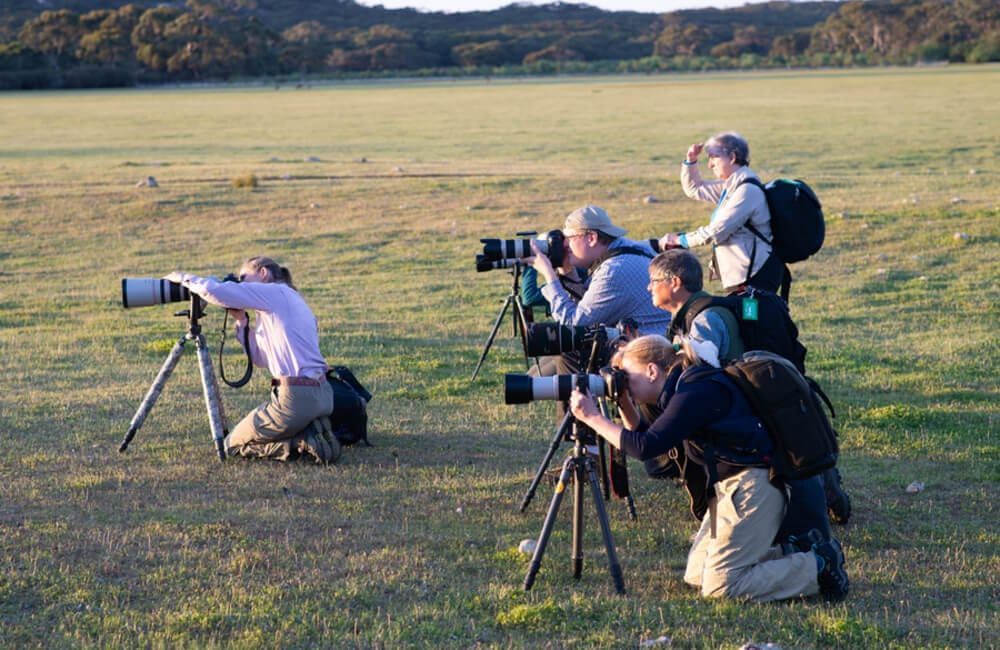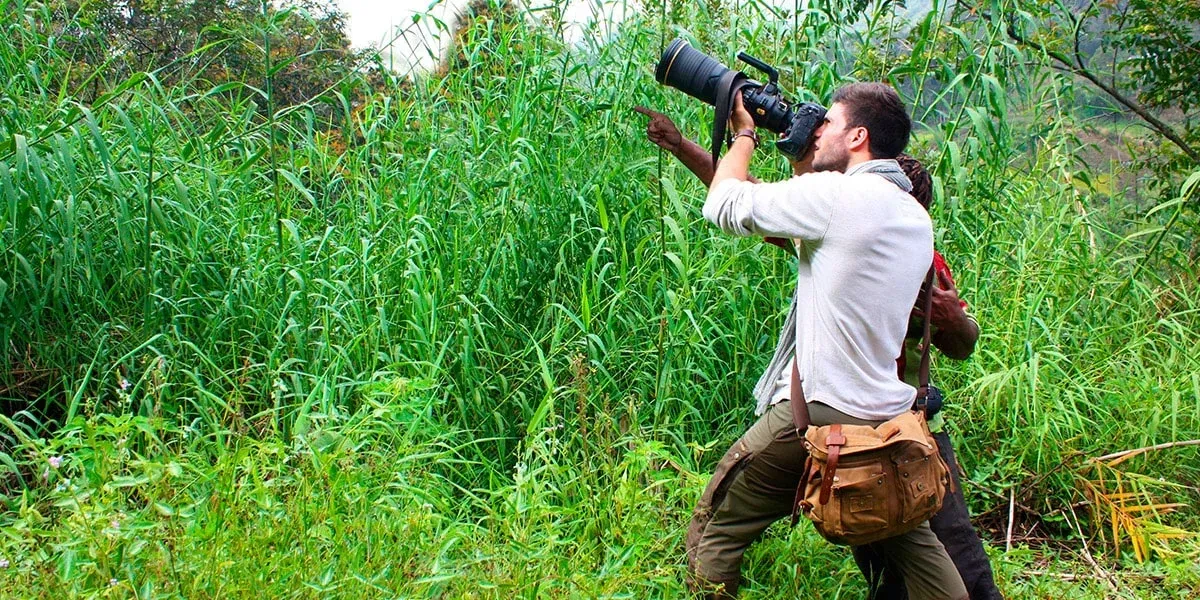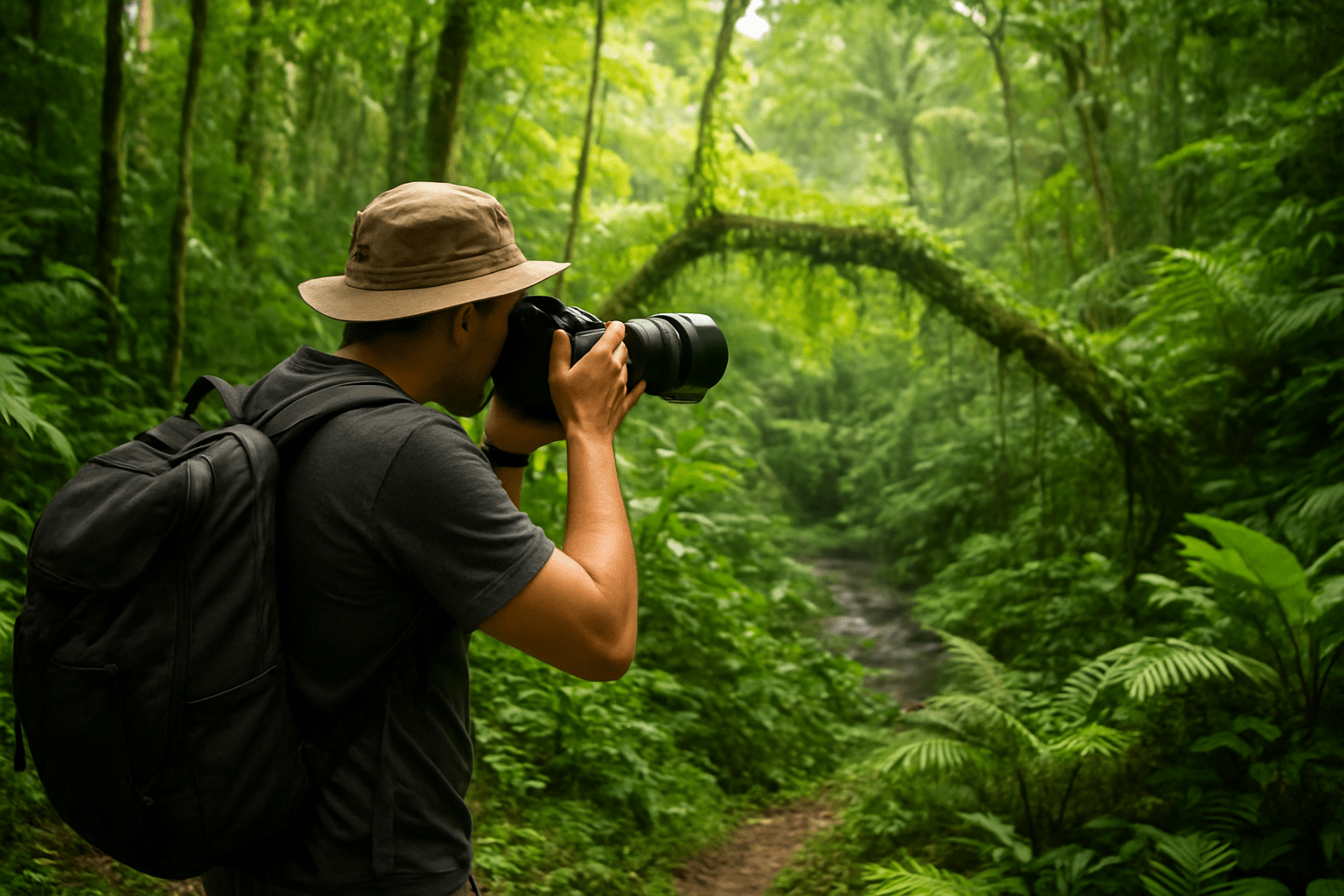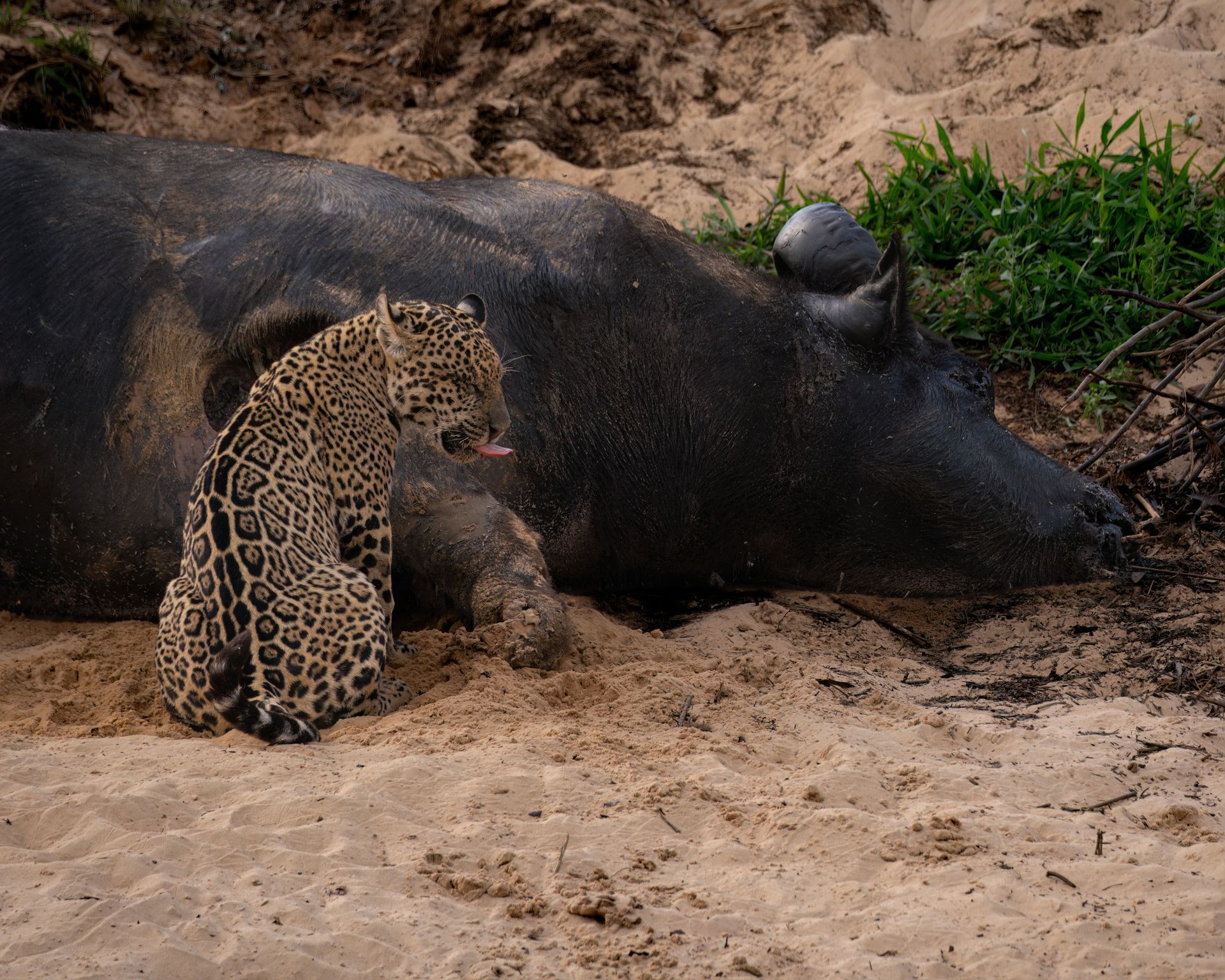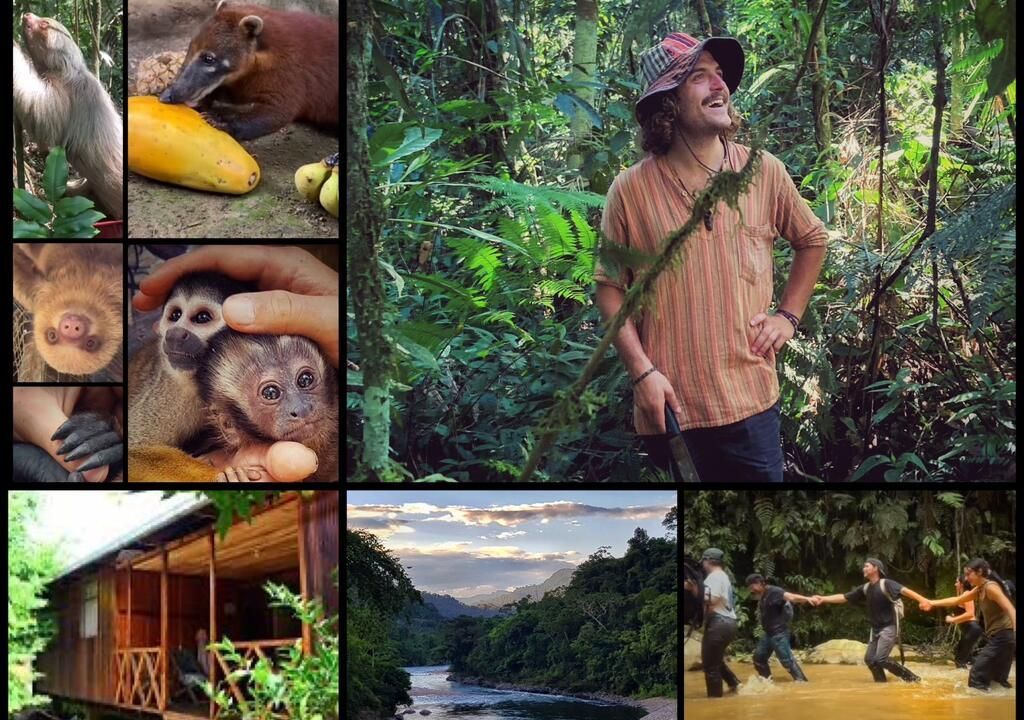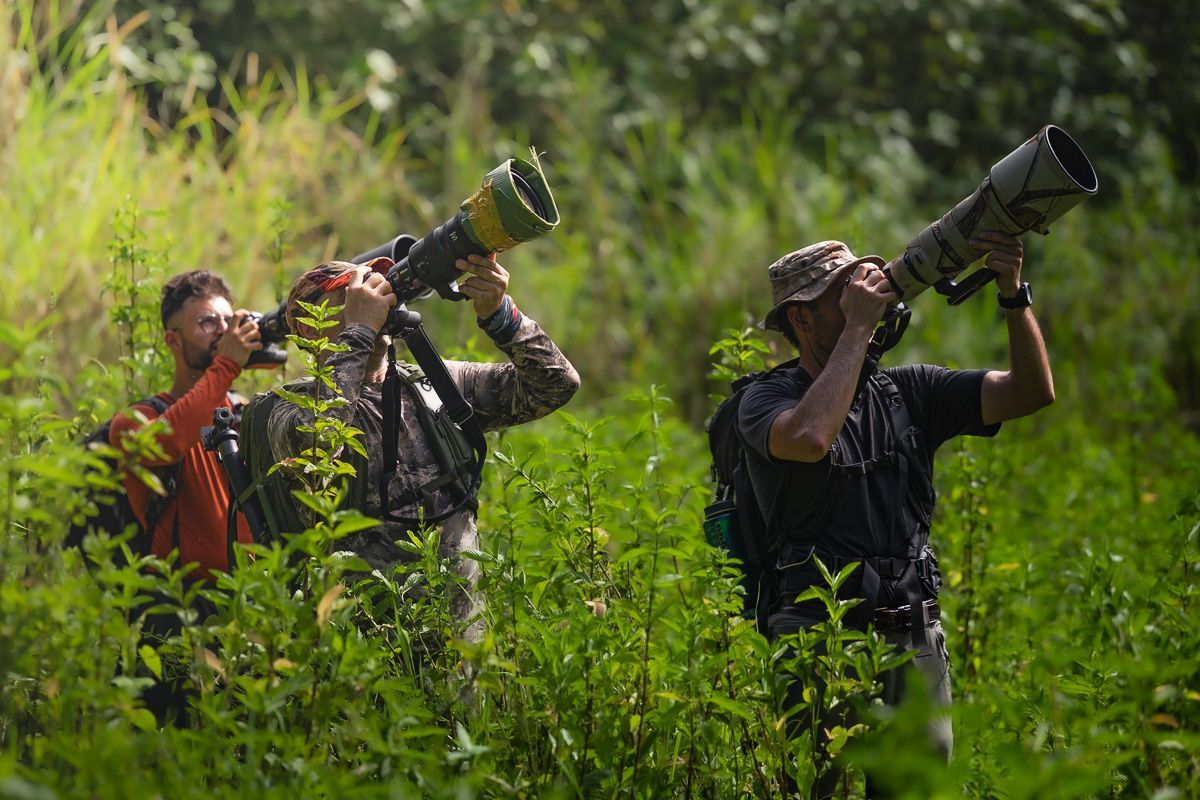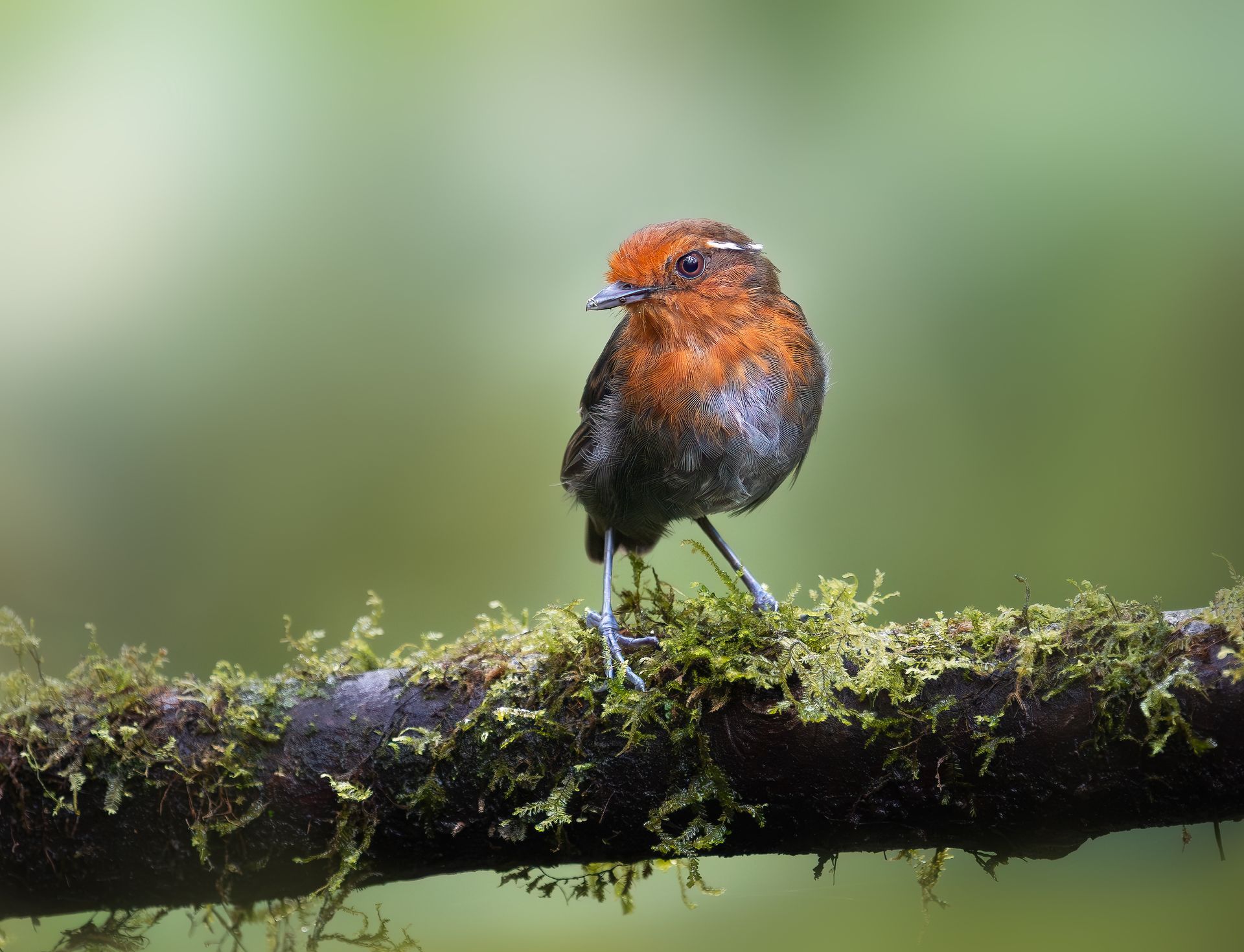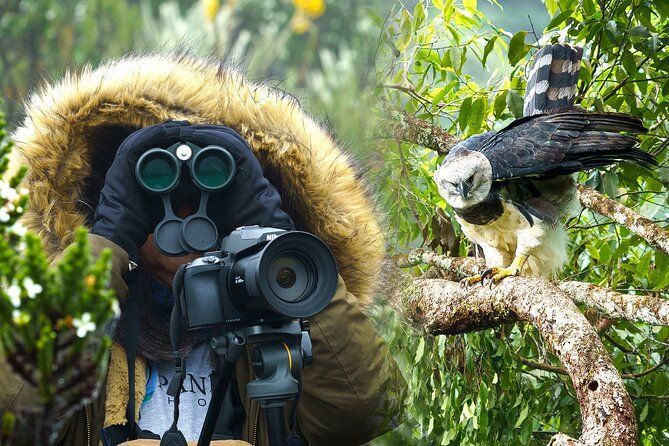The Ultimate Bird Photography Tour Packing List
The Ultimate Bird Photography Tour Packing List
The dream bird photography tour is on the horizon. You’ve imagined the perfect light, the rare species, and the breathtaking shots you’ll bring home. But between that dream and reality lies one crucial task: packing. The right gear, carefully chosen, is your bridge to success. Forget a key item, and you risk missing the shot of a lifetime; overpack, and you’ll be weighed down unnecessarily.
Having guided countless photographers through the field, we've refined this list to the absolute essentials and the game-changing extras. This isn't just a list of items; it's a guide to packing with purpose, so you can focus entirely on the art and joy of photography.
Your Core Camera Arsenal: The Foundation of Every Shot
This is your photographic toolkit, designed for performance and resilience in the wild.
- Camera Bodies: Your primary body should be your workhorse, chosen for its fast autofocus and reliability. A backup body is not a luxury; it’s your insurance policy against a mechanical failure that could otherwise end your photo tour before it even begins.
- Lenses: Your lens selection defines your creative possibilities. A versatile telephoto zoom, like a 100-400mm or 150-600mm, will be your go-to for its flexibility with birds in flight and at varying distances. For those critical, low-light moments and maximum reach, a prime super-telephoto (500mm or 600mm f/4) is unparalleled. Never underestimate a teleconverter, a tiny tube that effectively extends your focal length without adding the weight of an entirely new lens. And finally, always pack a wide-angle to capture the stunning landscapes and habitats that tell the full story of your journey.
- Tripod & Gimbal Head: This partnership is non-negotiable for achieving sharp images. A sturdy, carbon fiber tripod provides a stable foundation in wind and on uneven ground, while a gimbal head smoothly balances your heavy lens, allowing you to pan effortlessly with a moving bird and hold your composition steady for hours.
- Essential Support & Protection: A simple beanbag becomes an invaluable tool for stabilizing your lens on vehicle window frames, rocks, or boat railings. A dedicated lens rain cover is a small price to pay for protecting a multi-thousand-dollar lens from a sudden downpour, and a sensor cleaning kit will save you hours of spot-removal in post-processing.
Critical Accessories & Electronics: The Unsung Heroes
These items support your camera system and ensure you never miss a moment due to a dead battery or full memory card.
- Memory Cards: Think in terms of total capacity and speed. Bring a portfolio of high-capacity, fast-write-speed cards (look for V60 or V90 ratings) to handle rapid-fire shooting. A wise strategy is to use several smaller-capacity cards rather than one massive one, distributing the risk of card corruption.
- Battery Management: Cold weather and intensive use drain power quickly. Pack a minimum of three to four fully charged batteries, and remember your charger along with any necessary international plug adapters for your destination. A high-capacity portable power bank can be a lifesaver for keeping your phone or other devices charged throughout a long day in the field.
- Image Backup Strategy: Your images are priceless, so protect them diligently. Follow the robust 2-2-1 backup rule: keep two copies of your files on two separate physical devices (like your laptop and a portable SSD), with one copy stored offsite, such as a cloud backup, whenever you have access to Wi-Fi.
- Flash and Light Modifiers: A dedicated speedlight flash isn't just for dark conditions; it's perfect for adding a subtle fill-flash to lift shadows from a bird’s face on a harsh, sunny day. Pair it with a Better Beamer or similar flash extender to concentrate the light effectively over longer distances.
Clothing & Personal Gear: Dress for Success (and Comfort)
Your comfort directly impacts your patience, concentration, and ultimately, your photography. Dressing appropriately lets you stay in the field longer and focus on your craft.
- The Layering Principle: Mastering your clothing layers is like mastering your camera settings. Start with a moisture-wicking base layer to keep you dry, add an insulating mid-layer like a fleece for warmth, and top it all with a breathable, waterproof, and windproof outer shell to defend against the elements.
- The Color Code: When in the field, your clothing should help you blend in, not stand out. Stick to neutral, muted colors like khaki, olive green, brown, and grey to avoid startling the wildlife you’re there to photograph.
- Invest in Your Feet: Your footwear is your foundation. A pair of sturdy, well-broken-in hiking boots provides essential ankle support and traction on unpredictable trails. For the lodge or camp at the end of the day, a pair of comfortable camp shoes will feel like a reward for your hard work.
- Essential Accessories: A wide-brimmed hat protects you from both sun and rain, while polarized sunglasses cut glare from water and foliage, helping you spot birds more easily. Don’t forget quick-dry socks and underwear for comfort, and consider a pair of fingerless gloves with fold-back tips for operating your camera on cold mornings without losing dexterity.
The "Don't Forget These!" Miscellany
This final category is the catch-all for the small items that have a big impact on your overall experience.
- A quality pair of binoculars is essential for spotting and identifying birds before you even raise your camera, saving you time and energy.
- A detailed field guide for your specific destination, whether a physical book or a digital version on your phone, is an invaluable reference tool.
- A durable, comfortable camera backpack is your mobile command center; it must fit all your gear securely and be comfortable to wear for extended periods.
- A headlamp with a red light mode is crucial for hands-free navigation in the dark while preserving your night vision and that of others around you.
- A large, durable plastic bag or a dedicated dry bag can be used to line your backpack or wrap your gear in a sudden, heavy downpour.
- A small, well-stocked first-aid kit and a supply of your personal medications should always be within easy reach.
- A notebook and pen are perfect for jotting down species notes, camera settings that worked, and the stories behind your images.
Pack with Confidence, Focus on the Moment
A well-packed bag brings peace of mind. By methodically working through this list, you can be confident that you have the tools needed to capture the incredible moments that await. The preparation you do now is the first step toward a rewarding and unforgettable bird photography tour.
Your Next Photographic Journey Awaits
At Retorno Photo Tours, we believe that great photography is born from the perfect blend of stunning locations, expert guidance, and being perfectly prepared. We handle the logistics and the local knowledge, so you can focus on the creativity.
If this level of detailed preparation and dedicated photographic focus appeals to you, we invite you to explore the unique tours we offer in the breathtaking landscapes of Portugal.



